Repower, refurbish or retire them – that’s the dilemma facing a growing number of farmers and landowners with medium-sized wind turbines on their holdings.
Most medium-scale wind projects in the UK – those in the 100 kilowatt (kW) to five megawatt (MW) bracket – are more than a decade old.
Their electricity is sold at market rates, plus a guaranteed payment via the UK Renewables Obligation (RO) or Feed-in Tariff (FiT).
Contracts have a fixed term of 20 years, after which the owner receives only the market rate. This may still be economically attractive but poses a challenge when machines reach the end of their design lives.
Turbine investment conundrum
Significant investment is needed for refurbishment or re-powering.
Without a long-term power contract, such an investment may be hard to finance, and owners then face a difficult choice – to either repower, refurbish or retire their turbines.
A one-day seminar in Perth next week will likely help make up their minds.
Thursday’s Prospects for Medium Scale Onshore Wind event will take place in the 125-seat Soutar Lecture Theatre at AK Bell Library.
It has been organised by freelance consultant and wind project developer Mark Jennison and Colin Anderson, author of Wind Turbines: Theory and Practice.
Who’s presenting at the seminar?
Speakers and panellists include:
- Mark Powell, Vestas
- Rob Collin, Green Cat Renewables
- Joel-Llewellyn-Eaton, PPAYA
- Tim French, Constantine Wind Energy
- James McNeish, Scottish and Southern Electricity Networks (SSEN)
- Tim Blackmore, Realise Energy Services
- Charlie Robb, Renewables Electrical Specialist
- Alan Hobbett, former chairman of Community Energy Scotland
- Andy Crumley, SSEN
- Warren Daley, Bridge and York Capital Partners
- Wim Robbertsen, Business in Wind
- Mark Peebles, EWT UK
This scale of turbine has been at the core of farm diversification and self-owned wind energy generation.”
‘Cliff-edge warning’
Mr Jennison warned there is a possible “cliff-edge” looming.
He added: “Most medium-scale wind projects in the UK are now over a decade old.
“It is timely to assess the challenges and opportunities they face in the longer term.
“This scale of turbine has been at the core of farm diversification and self-owned wind energy generation.
“The end of FiT and ROC (RO certificate) revenues changes the economic landscape, with some owners having to consider whether to refurbish, re-power or retire assets.
We are keen to try and attract as many farmers and landowners who own this scale of turbines as possible to join in.”
“Colin Anderson and I have, therefore, organised a one-day seminar… focused on medium wind technology to address many of these issues.
“We have a great range of experienced speakers presenting, and are keen to try to attract as many farmers and landowners as possible to join in.”
Mr Jennison, previously chief commercial officer at Perth-based Realise Energy Services, continued: “Over the last 20 years a significant number of UK farmers, communities, and rural businesses have invested in ‘medium scale’ wind energy projects.
“These typically consist of one or more wind turbines, with total capacity below 5MW, supplying electricity to the national grid.
‘Much needed revenue’
“The income from such projects benefits rural areas, helps farmers to diversify and brings much-needed revenue into local communities.
“Projects at this scale also contribute over 10% of the UK’s onshore wind
capacity. Their future, however, now looks uncertain.”
He went on: “Retiring medium-scale wind projects would be a blow to rural economies – not least here in Scotland, which has been at the forefront of UK farm
and community-owned wind power.
“To add to the dilemma, many of the wind turbine types used at this scale are no longer produced, with manufacturers now focused on multi-megawatt turbines, primarily for the offshore sector.
Second-hand market brings its own challenges for medium-scale sector
“Pre-owned, second hand turbines are available at medium scale. But these introduce questions relating to long-term reliability and guarantees.
“Changing types also raises planning issues regarding noise and landscape impact.”
Large-scale wind projects in the UK are eligible for support under Contracts for Difference legislation, which guarantees a minimum power price for 15 years.
But this scheme is not open to wind farms generating less than 5MW. As a result, the medium-scale wind sector is currently unsupported, despite its many successes to date.
Mr Anderson said: “For the last 20 years or so, many farms and rural communities in Scotland have benefited from ownership of turbines in the medium wind sector.
“These projects consist of one or more wind turbines, with total installed capacity under 5MW, selling power into the national grid. The turbines’ lifetime is typically 20-25 years. For the first 10 years or so, much of the income is used to pay off the initial cost.
“By taking the investment risk, the owners of these projects can reap the full economic benefit over the turbines’ lifetime.
“In this way wind energy has brought much-needed income to farms, businesses, and rural communities, as well as helping to meet the UK’s renewable electricity targets.”
Mr Anderson added: “The future of such projects may be in doubt. At the end of the turbines’ lifetime the owners must decide whether to repower, refurbish, or retire them.
“Retiring them would mean a significant loss of income, but at present there is no UK policy to encourage the replacement of these projects.”
Current legislation favours large-scale developments, he said.
‘Proven economic benefits’
He added: “The future of the medium wind sector is uncertain, despite the valuable role it plays in the rural economy through farm diversification and community ownership.
“Loss of this capacity would have to be made up elsewhere. Although the targets could in principle be met by large-scale developments, this would lose the proven economic benefits of medium wind projects.”
Idea for farm-owned turbine near Dundee first took root back in 1993
A good example of a farm-owned medium wind turbine is the 800kW machine at Scotston, in the Sidlaw Hills about five miles north-west of Dundee.
Scotston is a 1,190-acre organic farm run by brothers Diarmid, Dougal and Euan Baird.
Their parents, Iain and Shona, started exploring the possibility of wind power on the farm in 1993. The family did much of the early planning and technical work themselves.
The Scotston machine is an Enercon E48, a type found on farms across northern Europe. It was installed and commissioned in 2011.
Output is sold to the grid under a 20-year agreement under the FiT scheme.
Diarmid Baird said: “The wind turbine has helped to secure the future of the family farm at Scotston by ensuring a diversified cash flow.
“It has also managed an unusual feat in bringing siblings closer together by supporting all their families, including those who are no longer on the farm as equal shareholders”.
Wind turbines on Lewis support 15 jobs and community initiatives too
Meanwhile, Baile an Truseil wind farm is a community-owned project of three 900kW turbines on the Galson Estate, near the crofting township of Barvas on Lewis.
The Outer Hebridean estate has been in community ownership since January 2007.
It comprises 56,000ac, including 22 villages and more than 600 crofts managed by Galson Estate Trust. The wind farm is used as an independent source of income to pay for the employment of 15 staff and a range of social programmes for the local residents.
The wind farm is run on behalf of Urras Energy, a Community Benefit Society, and was funded via a community share offer and loan from Triodos Bank.
Planning permission for it was obtained in May 2009 after two years of wind measurements and environmental studies. A grid connection was secured in 2010 and the first turbine installed in autumn 2013, with a further two coming in summer 2015.
Wind turbines on Galson Estate have been ‘transformational for the area’
In 2024 Galson Estate Trust joined forces with two other community landowners, Barvas Estate Trust and Carloway Estate Trust, to develop another wind farm on Lewis.
Trust chairman Agnes Rennie said: “The existing wind assets at Baile an Truiseil have proved to be transformational for the area.”
Topics on the agenda at next week’s seminar include turbine technology, finance, and grid connection and planning issues.
A morning of presentations will be followed by panel discussions and a Q&A session for project owners and other interested parties to put their turbine questions to the experts.
Details of the event and how to buy tickets, priced £85, can be found online at mediumwindseminar.co.uk
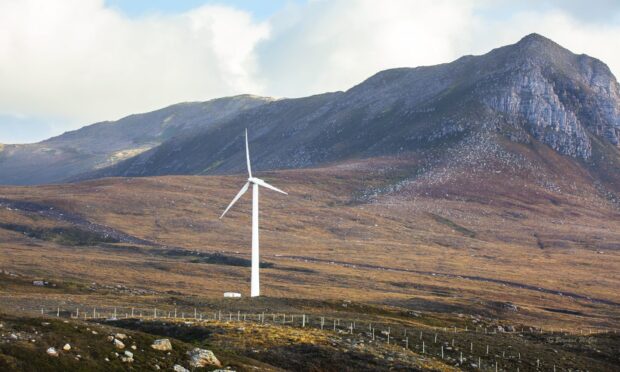






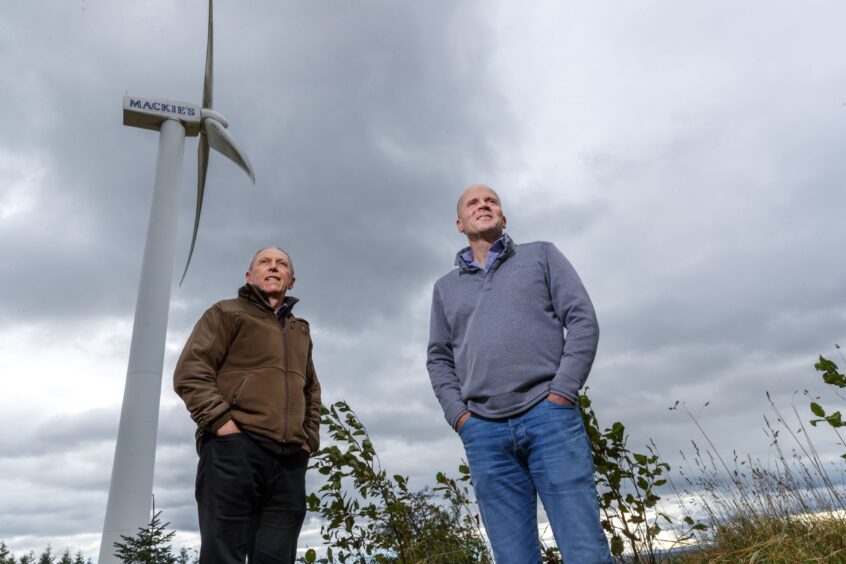
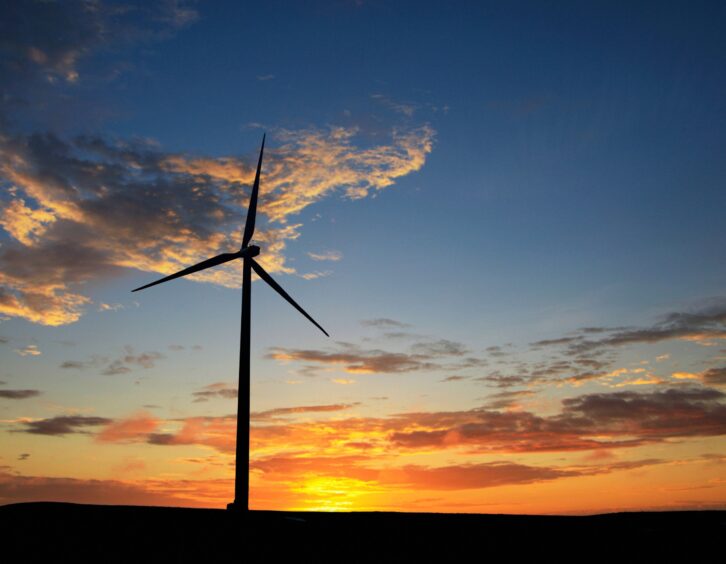
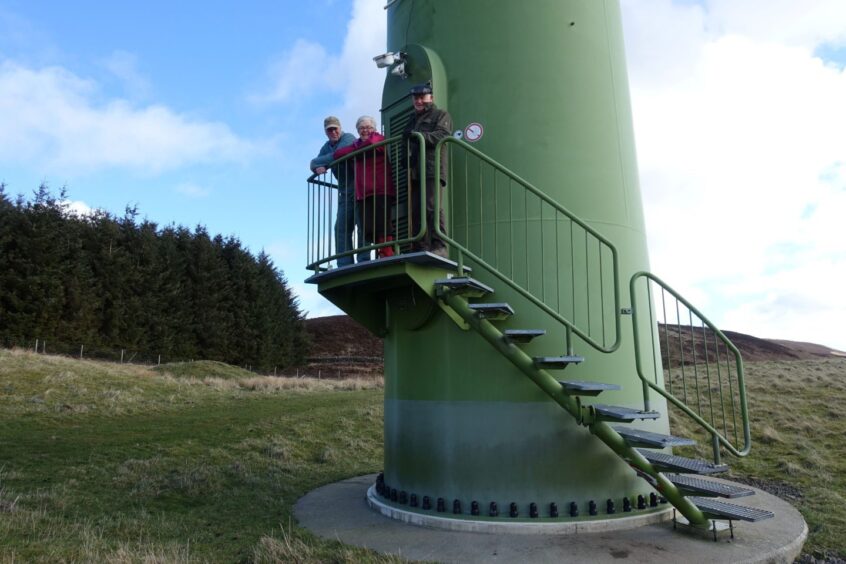
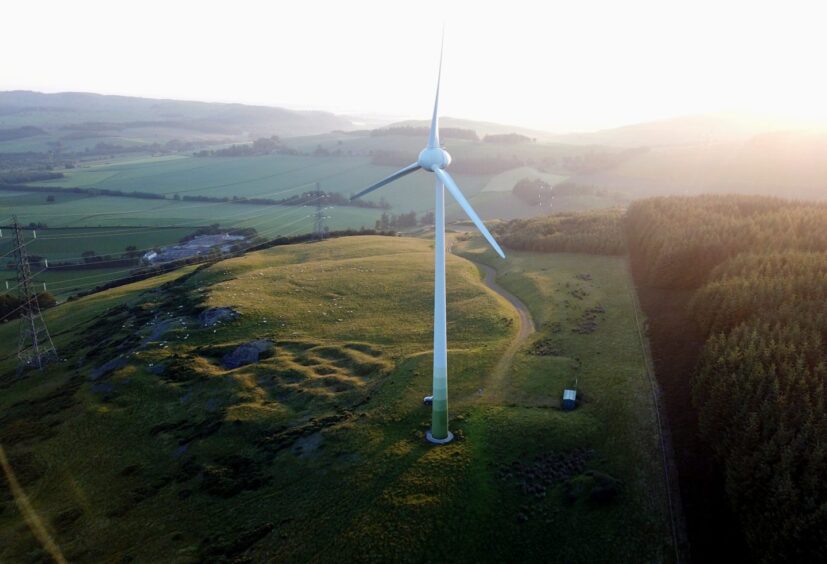

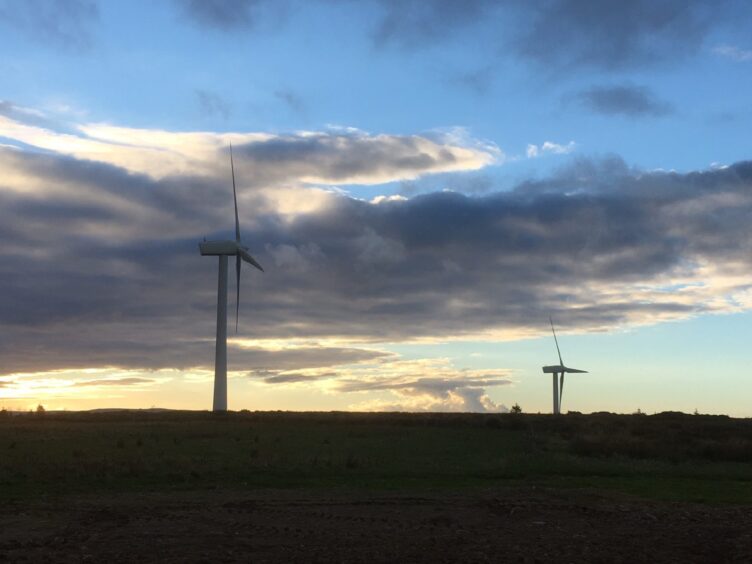
Conversation